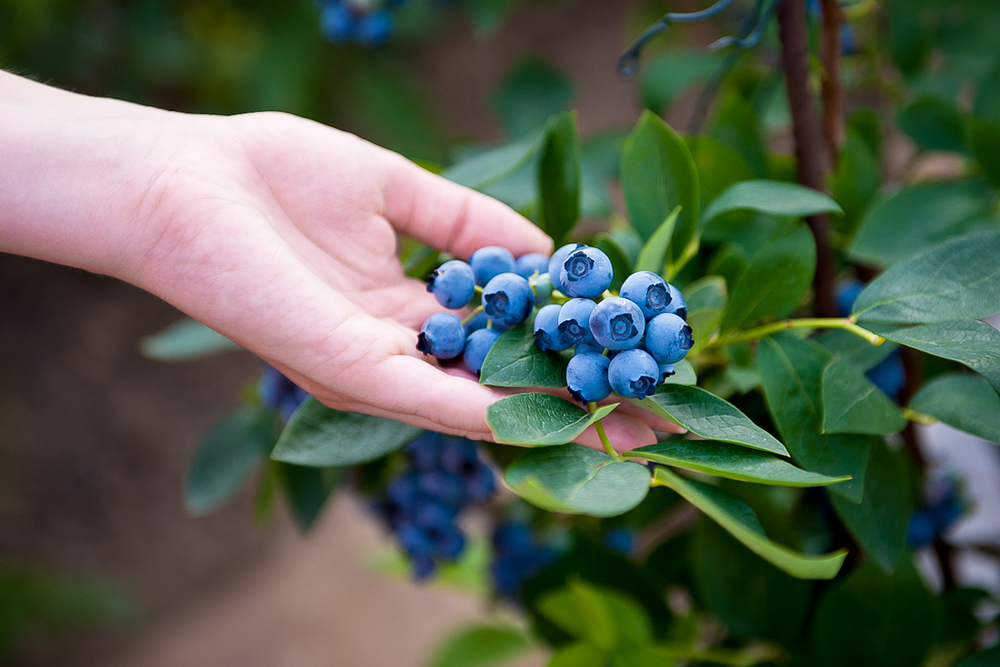By Alison DeLoach
Measuring fruit firmness can tell a grower a lot about the maturity of a fruit. Patrick Abeli, a master’s student at Michigan State University in the Department of Horticulture, discussed the importance of measuring blueberry fruit firmness.

When a fruit becomes too firm, it is unpalatable, and when a fruit is too soft, it spoils. According to Abeli, if fruits that are too soft make it through the packingline, they can spoil in storage making them susceptible to disease or a spoilage organism, potentially ruining the rest of the fruit in the lot.
When it comes to measuring fruit firmness, the most common way is to squeeze the fruit with your hand. In the industry, growers often use an automated fruit firmness measurement device such as a FirmTech. Durometers, which can be manual or automated, measure fruit firmness on a scale of 0 to 100. A fruit with a level of 100 is the hardest fruit, and a level of 1 is the softest fruit.
In addition to tools, there are operations performed in a packingline that measure the firmness of a fruit, explained Abeli. For instance, fruit that is bruised can be sensed by an optical sorter. “These optical sorters use wavelengths of light that will penetrate into the fruit to sense where there is a bruise or water-soaked tissue,” he said. Bruised fruit have the potential to develop into soft fruit over time.
Abeli believes the FirmTech is an accurate way for growers to measure fruit firmness. He also said that accuracy and precision need to be separated. Measuring accuracy on the FirmTech device is different from accuracy on another scale, and Abeli noted that each device uses a different scale to measure firmness.
“Whichever device you choose to use based on your means of purchasing or ease of use … finding a value on whatever scale your device uses that works for you generally tends to be reproducible from year to year,” said Abeli.
According to Abeli, factors growers should consider to optimize fruit firmness are the heat of the fruit when it’s picked, how quickly it will be put into storage, and the temperature of the fruit when it’s placed in and out of storage. Growers also need to consider the health and age of the fruit, he advised.
Hear the full interview with AgNet Media’s Tacy Callies:









